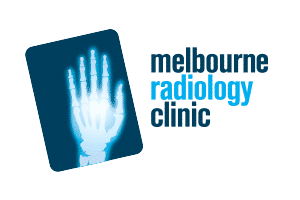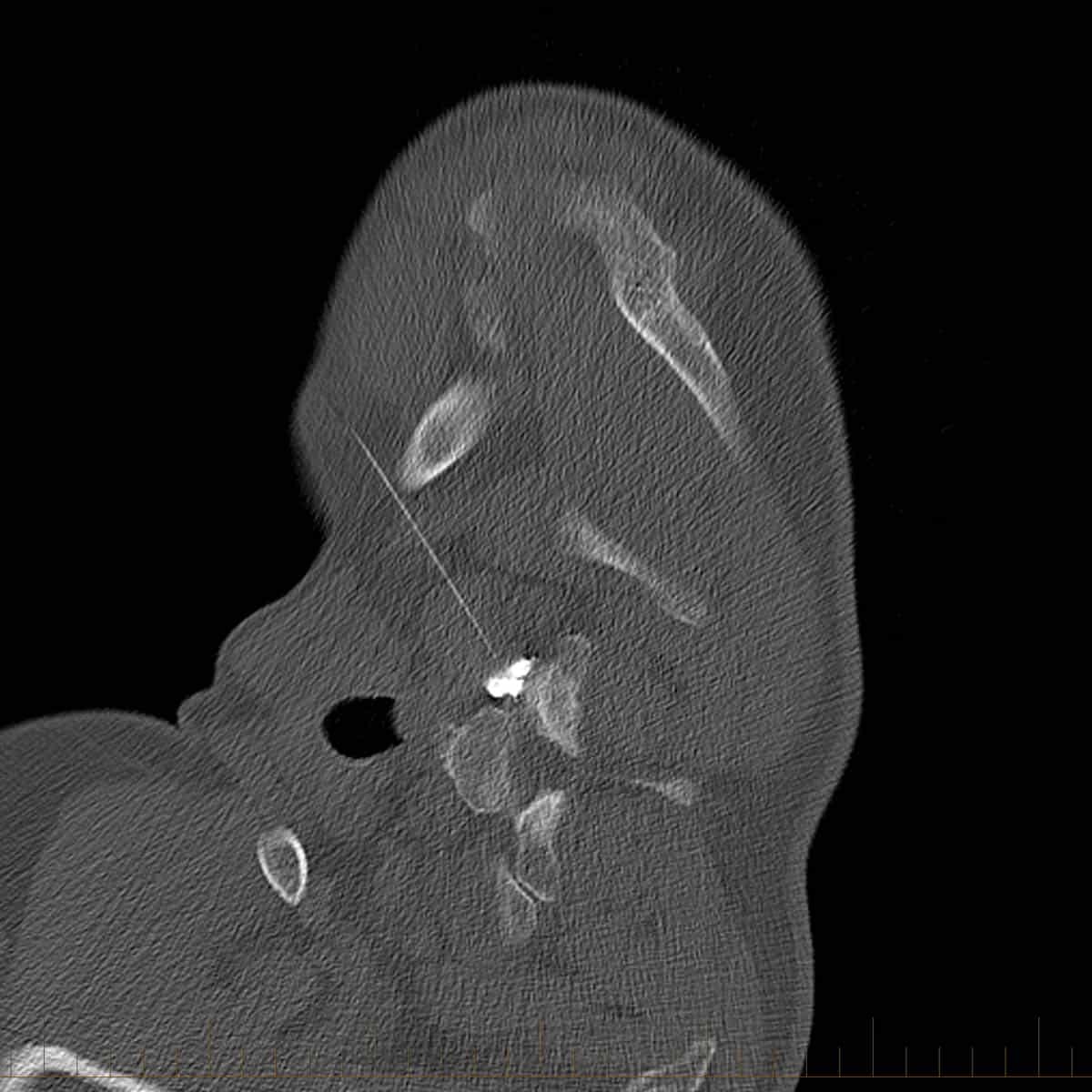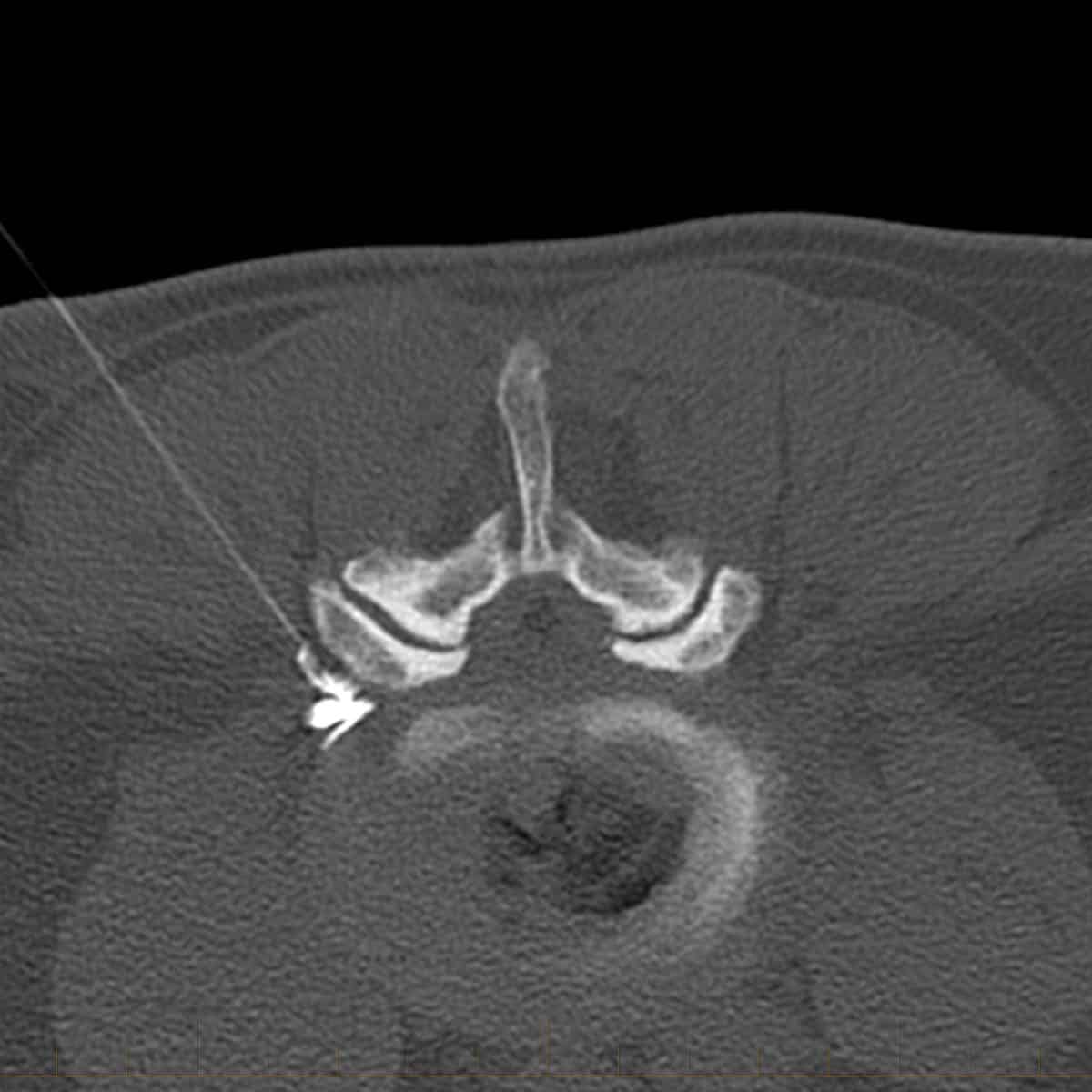Selective Nerve Root Block (SNRB)/Perineural Injection.
Fact Sheets | Interventional Radiology | Back & Spinal Pain
About Selective Nerve Root Block (SNRB) / Perineural Injection
Introduction
A nerve root block is used for patients who suffer from pain from a “pinched nerve”, also known as radicular pain. This may involve the arms, neck, body and legs. Radicular pain usually involves the legs where it is commonly known as sciatica.
Preparation
It is essential that Melbourne Radiology Clinic knows in advance of any blood thinning (or anticoagulant) medication.
These must be stopped prior to the procedure (Aspirin and Warfarin for 5 days, Plavix for 7 days & Iscover for 8 days).
We also strongly recommend that you bring a responsible person to drive you home afterwards.
RISKS
most of these are minor (1-2%), however can be serious (<0.1%) requiring hospital admission, intravenous antibiotics and surgery.
this is fortunately also rare and slightly common in patients with bleeding disorders and on “blood thinning” medication. Blood thinning medications that you are currently taking should be ceased (Aspirin and Warfarin for 5 days, Plavix for 7 days and Iscover for 8 days).
As these medications constantly evolve with advances in medicine, the times to cease these medications may vary with newer medications. Should you be on different medications, please contact us or the doctor who prescribed the medication for further advice.
from direct needle trauma, or as a consequence of the above mentioned complications.
this is when the needle penetrates into the sac encasing the nerves within the spinal canal, causing leakage of fluid contained within the sac, known as CSF (cerebrospinal fluid), that may result in persistent headaches. The risk of this procedure is approximately less than 1% and is treated with flat bed rest for two hours..
Procedure
CT-Guided
Selective Nerve Root Injection
You will be asked to wear a gown with the selected area of the spine exposed. Selective nerve root injection procedures are completed with you either lying face down or on your side in a CT scanner. We will ensure that you are as comfortable as possible
A series of planning images are performed, with the area of needle entry planned on the computer terminal and then marked on your skin. The radiologist will then clean your skin with an antiseptic wash and inject local anaesthetic into the injection site. This results in a stinging sensation which is temporary until the skin becomes numb, usually taking 10 seconds.
A fine needle is then passed through the skin and tissues, constantly manipulated under CT guidance until it contacts the intended nerve. When gentle needle contact is made with the nerve you will experience a brief pain that many patients describe as an “electrical, nerve-like shooting” pain. This pain will usually be in the same area of the body and/or character as the pain that you have come in to have treated. Occasionally, it may be more intense at the time of needle contact. This is common, confirms the correct position of the needle and is a normal part of the procedure. At this point, the cortisone and local anaesthetic are injected, often resulting in a pressure or burning discomfort along the distribution of the nerve injected and lasts for approximately 10 – 20 seconds.
Following your procedure & recovery
At most, you will feel some minor discomfort in the back. As local anaesthetic has been injected into the spine most patients will be pain free. Since local anaesthetic is also administered around a nerve, your arm or leg (depending on whether the nerves in the neck or lower back have been injected) may feel numb, heavy, clumsy, weak or even cold. This usually reverses in approximately 20-40 minutes. Most patients are observed in the clinic for at least 30 minutes and are discharged after this point only if walking safely and feeling well. You should not drive for the rest of the day. The following day you may return to work and gradually increase your activities.
Results &
Follow-Up
One of Melbourne Radiology Clinic’s specialist radiologists, a medical doctor specialising in the interpretation of medical images for the purposes of providing a diagnosis, will then review the images and provide a formal written report. If medically urgent, or you have an appointment immediately after the scan to be seen by your doctor or health care provider, Melbourne Radiology Clinic will have your results ready without delay. Otherwise, the report will be received by your doctor or health care provider within the next 24 hours.
Please ensure that you make a follow up appointment with your referring doctor or health care provider to discuss your results.
Your referring doctor or health care provider is the most appropriate person to explain to you the results of the scans and for this reason, we do not release the results directly to you.
Reminders
Additional Information About Selective Nerve Root Injection
Selective Nerve Root Block vs Epidural
Epidural steroid injections are used to treat patients who have pain stemming from multiple structures in the spinal cord, as well as multiple sites of pain. Both a selective nerve root block and an epidural injection involve the use of steroid medications and anesthetics to relieve inflammatory body pain from conditions such as sciatica, spinal stenosis or a herniated disk.
Perineural Injection vs Cortisone
A perineural injection is another term for selective nerve root block, and is performed to relieve radicular or referred pain from a pinched nerve, chronic neuropathic pain, nerve inflammation and other uncomfortable symptoms from conditions like sciatica, bursitis and tennis’ elbow. This pain-relieving treatment is often performed with cortisone, to eliminate the risk of nerve damage caused by embolisation.
While cortisone is known for being a powerful anti-inflammatory administered to excessive joint pain and musculoskeletal inflammation, it can also be injected around the nerve sheath to suppress any inflammatory effect of the condition causing a patient’s discomfort.
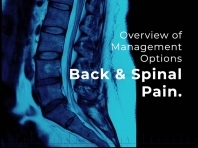 Back Pain – Patient Guide
Back Pain – Patient Guide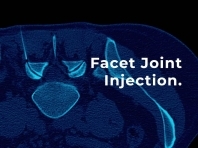 Facet Joint Injection – Patient Fact Sheet
Facet Joint Injection – Patient Fact Sheet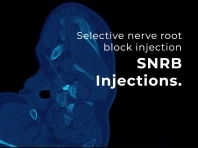 Selective Nerve Root Block (SNRB)/Perineural Injection – Patient Fact Sheet
Selective Nerve Root Block (SNRB)/Perineural Injection – Patient Fact Sheet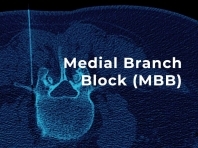 Medial Branch Block – Patient Fact Sheet
Medial Branch Block – Patient Fact Sheet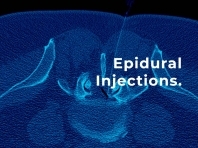 Epidural Injections – Patient Guide
Epidural Injections – Patient Guide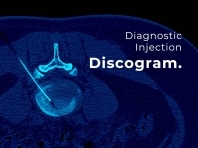 Discogram Injections – Patient Fact Sheet
Discogram Injections – Patient Fact Sheet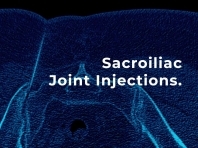 Sacroiliac Joint Injection – Patient Fact Sheet
Sacroiliac Joint Injection – Patient Fact Sheet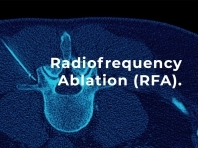 Radiofrequency Ablation (RFA) – Patient Fact Sheet
Radiofrequency Ablation (RFA) – Patient Fact Sheet
